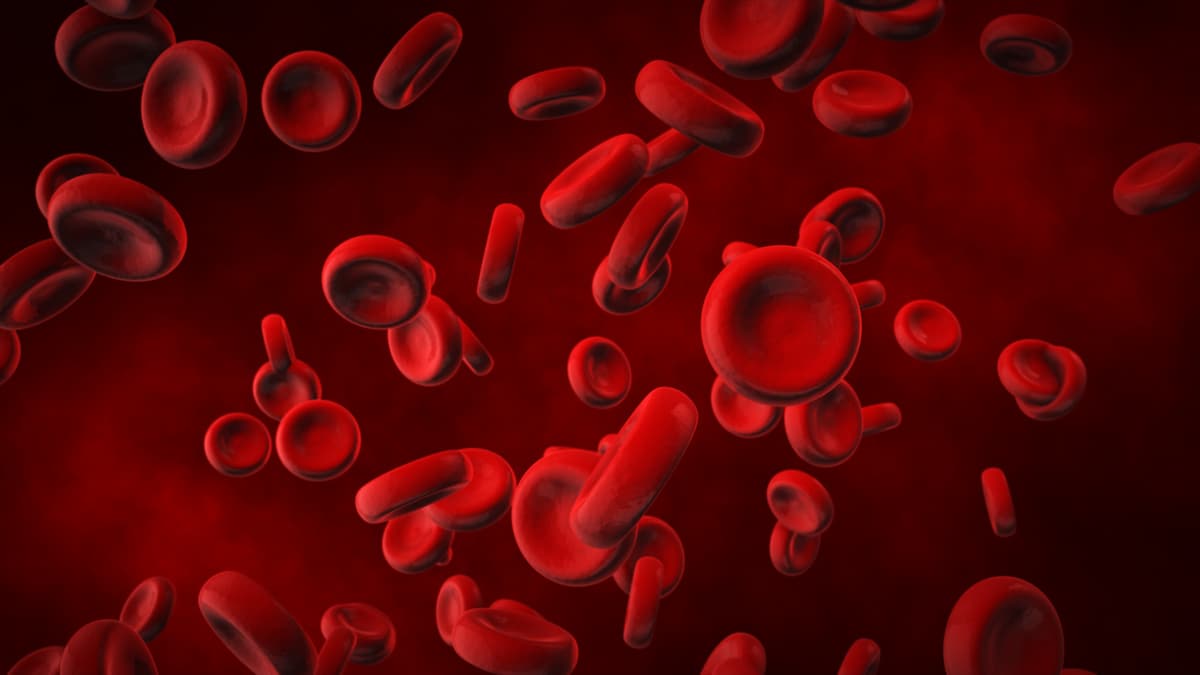FDA Approves Ready-to-Dilute Cyclophosphamide Injection NDA in Blood Cancers
Patients with select hematologic cancers, including lymphoma and multiple myeloma, appear to benefit from a ready-to-dilute formation of intravenous cyclophosphamide, the new drug application for which was approved by the FDA.
Cyclophosphamide injections are indicated for use in various leukemias, including chronic lymphocytic leukemia, chronic granulocytic leukemia, and acute lymphoblastic leukemia.

The FDA has approved a new drug application for a ready-to-dilute cyclophosphamide injection intended for use in combination with other therapies for patients with hematologic cancers, according to a press release from Nekavar Injectables Inc.1
The regulatory agency approved the injectable’s application for use as a 200 mg/mL vial for patients with several types of cancer, including those diagnosed with lymphoma, leukemia, and multiple myeloma. According to the press release, patients may receive the injection as a 500 mg/2.5 mL or a 1 g/1 mL vial based on their individual needs.
“We are delighted to receive FDA approval and believe that cyclophosphamide ready-to-dilute multi dose injection serves a very important need in oncology therapy,” Sriram Ramanathan MS, MBA, chief executive officer at Nevakar Injectables, said in the press release. “Our simple…formulation contains no unnecessary additives and benefits both providers and patients, as it minimizes waste, is easy to prepare, and reduces the risk of dosing error and product exposure.”
According to prescribing information, the cyclophosphamide injection is indicated for treating adult and pediatric patients with a wide range of cancers. Specifically, these diseases include stage III or IV malignant lymphomas, multiple myeloma, mycosis fungoides, neuroblastoma, adenocarcinoma of the ovary, retinoblastoma, and carcinoma of the breast.2 Additionally, the injection is indicated for use in various leukemias, including chronic lymphocytic leukemia, chronic granulocytic leukemia, and acute lymphoblastic leukemia.
The label recommends adjustment of dosage levels depending on anti-tumor activity or leukopenia. Moreover, it may be necessary to reduce the dose of the injection when administered as part of a cytotoxic regimen.
The label includes a contraindication for patients who have a history of severe hypersensitivity to any of its metabolites or components. There may be a possibility of cross-sensitivity with other alkylating agents, and there have been reports of anaphylactic reactions such as death following injection.
Use of a cyclophosphamide injection may lead to myelosuppression, bone marrow failure, and severe immunosuppression, which may precede serious and potentially fatal infections including sepsis and septic shock. Moreover, the label advises the implementation of antimicrobial prophylaxis to manage neutropenia at the physician’s discretion. Antibiotic therapy may also be suitable in the event of neutropenic fever.
The label also indicates that hemorrhagic cystitis, pyelitis, ureteritis, and hematuria have been observed following treatment with cyclophosphamide. Patients are recommended to discontinue treatment with the agent in the event of severe hemorrhagic cystitis. It is also advised to exclude or correct any urinary tract obstructions before proceeding with treatment and to regularly monitor urinary sediment for the presence of erythrocytes and other signs of urotoxicity.
Based on reports from previous clinical studies, the most common adverse effects (AEs) following treatment with a cyclophosphamide injection included neutropenia, febrile neutropenia, fever, alopecia, nausea, vomiting, and diarrhea. Additionally, common cardiac AEs include cardiac arrest, ventricular fibrillation, ventricular tachycardia, cardiogenic shock, and pericardial effusion. Vascular AEs included pulmonary embolism, venous thrombosis, vasculitis, and peripheral ischemia.
“This is Nevakar’s third NDA approval in the past year, highlighting our rapid pace of innovation, scalability, experience and commitment to developing products that add value to the health care system,” Ramanathan concluded.
References
- Nekavar Injectables announces FDA approval of cyclophosphamide RTD solution. News release. Nekavar Injectables. July 3, 2023. Accessed July 10, 2023. https://shorturl.at/gpvHQ
- Cyclophosphamide injection, for intravenous use. Prescribing information. Dr. Reddy’s Laboratories Inc. 2023. https://rb.gy/6e1he
Navigating AE Management for Cellular Therapy Across Hematologic Cancers
A panel of clinical pharmacists discussed strategies for mitigating toxicities across different multiple myeloma, lymphoma, and leukemia populations.